 ASU Mexico T-shirt
ASU Mexico T-shirt
Entry Type: Thing - Starting with A
 ASU Mexico T-shirt
ASU Mexico T-shirt
Arkansas State University System
Arkansas State University–Beebe (ASU–Beebe)
aka: ASU–Beebe
Arkansas State University–Mountain Home (ASUMH)
Arkansas State University–Newport (ASU–Newport)
Arkansas State Veterans Cemeteries
 Arkansas Sunfishes
Arkansas Sunfishes
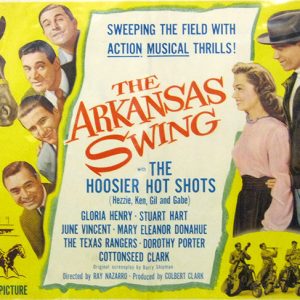 The Arkansas Swing Poster
The Arkansas Swing Poster
Arkansas Swing, The
Arkansas Synodical College
Arkansas System of Natural Areas
Arkansas Tartans
Arkansas Tech University
Arkansas Tech University-Ozark Campus
Arkansas Times
 Arkansas Times Coverage of Whitewater Scandal
Arkansas Times Coverage of Whitewater Scandal
Arkansas Times and Advocate
aka: Arkansas Advocate
Arkansas Track and Field Hall of Fame
Arkansas Traveler
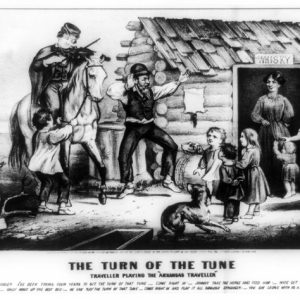 Arkansas Traveler Print
Arkansas Traveler Print
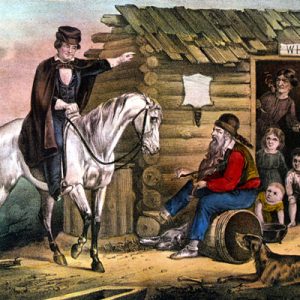 Arkansas Traveler by Edward Washbourne
Arkansas Traveler by Edward Washbourne
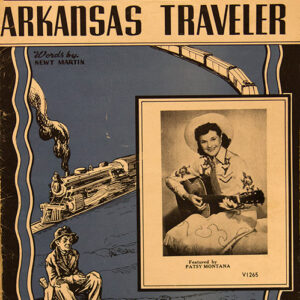 "Arkansas Traveler" Music
"Arkansas Traveler" Music
Arkansas Traveler [Steamboat]
 Arkansas Traveler Award
Arkansas Traveler Award
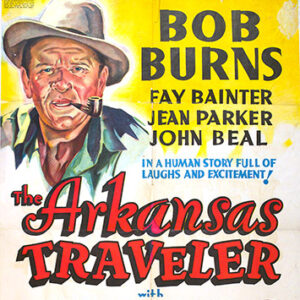 The Arkansas Traveler
The Arkansas Traveler
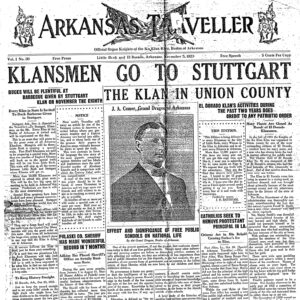 The Arkansas Traveller
The Arkansas Traveller
 The Arkansas Traveller
The Arkansas Traveller
Arkansas Traveller [Ku Klux Klan Newspaper]
Arkansas True Democrat
Arkansas v. Corbit (1998)
Arkansas Waltz
Arkansas Water Works and Water Environment Association
 Arkansas Western Railroad
Arkansas Western Railroad
Arkansas Western Railroad
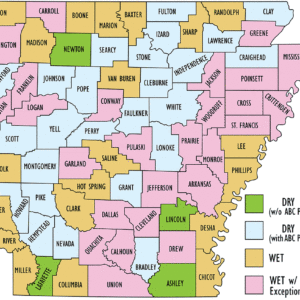 Arkansas Wet/Dry Counties
Arkansas Wet/Dry Counties
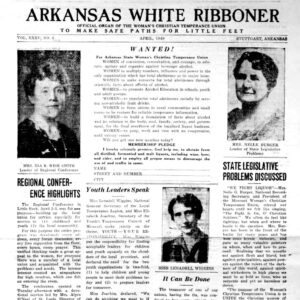 Arkansas White Ribboner
Arkansas White Ribboner
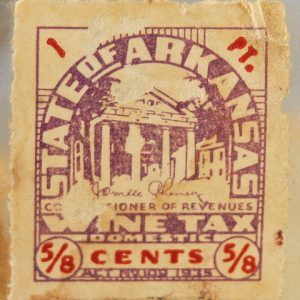 Arkansas Wine Tax Stamp
Arkansas Wine Tax Stamp
Arkansas Writers Project
Arkansas-Missouri League
aka: Arkansas State League
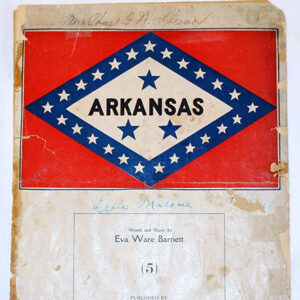 "Arkansas" by Eva Ware Barnett's
"Arkansas" by Eva Ware Barnett's
Arkansas, Steamboats Named
Arkansas: A Guide to the State
Arkansas’s Regional Identity
 "Arkansaurus fridayi"
"Arkansaurus fridayi"
 Arkansaurus fridayi Territory Map
Arkansaurus fridayi Territory Map
Arkansaw Bear: A Tale of Fanciful Adventure
 Arkansaw Bear: A Tale of Fanciful Adventure
Arkansaw Bear: A Tale of Fanciful Adventure
Arkansaw Traveler [Newspaper]
Arkansite
 Arlington Hotel Ad
Arlington Hotel Ad




